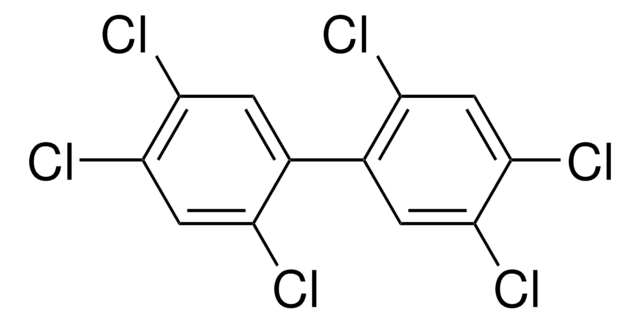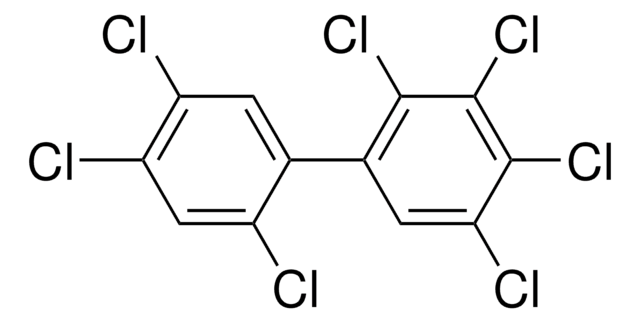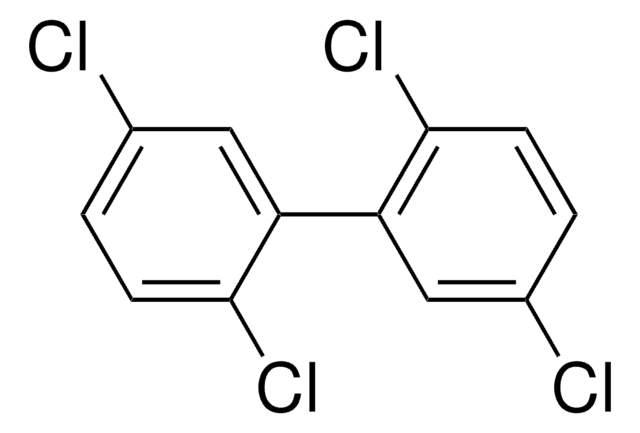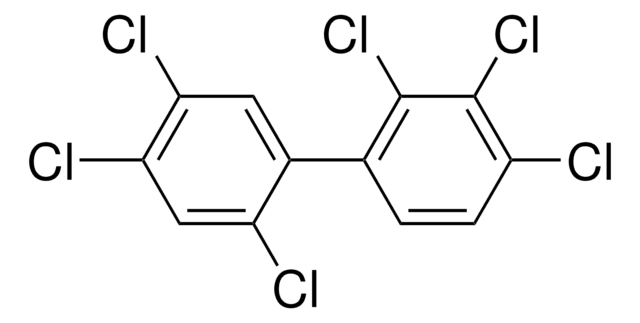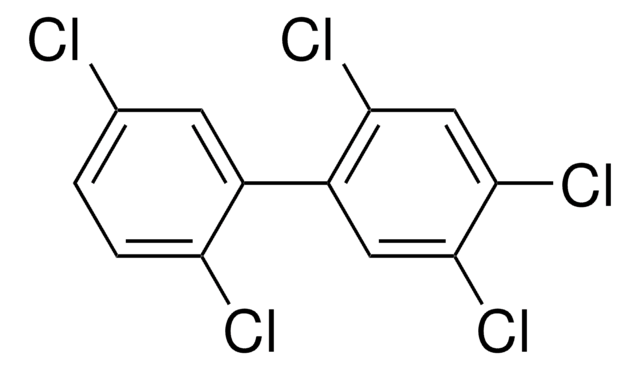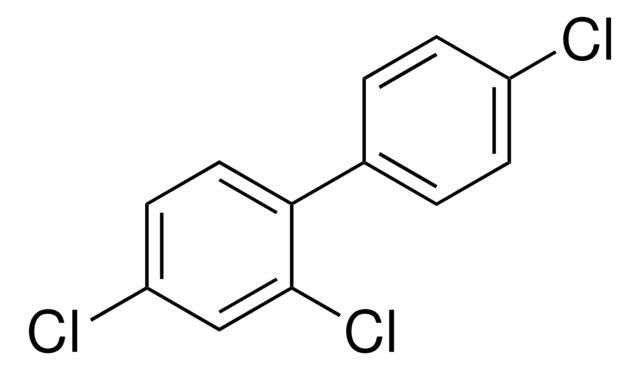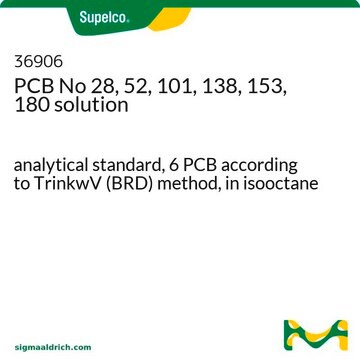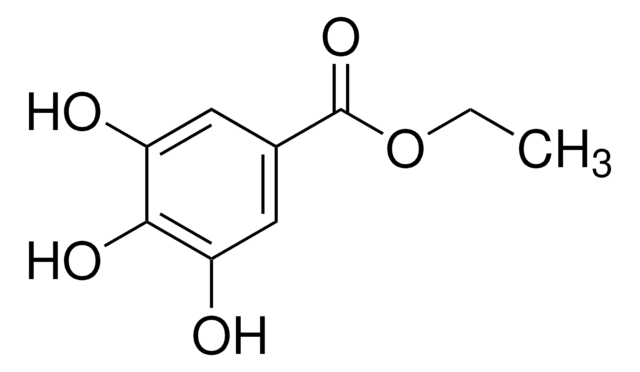Kluczowe dokumenty
BCR296
2,2′,3,4,4′,5′-Hexachlorobiphenyl (IUPAC No. 138)
BCR®, certified reference material
Synonim(y):
2,2′,3,4,4′,5′-Hexachlorobiphenyl
About This Item
Polecane produkty
klasa czystości
certified reference material
agency
BCR®
producent / nazwa handlowa
JRC
Format
neat
temp. przechowywania
2-8°C
ciąg SMILES
Clc1ccc(c(Cl)c1Cl)-c2cc(Cl)c(Cl)cc2Cl
InChI
1S/C12H4Cl6/c13-7-2-1-5(11(17)12(7)18)6-3-9(15)10(16)4-8(6)14/h1-4H
Klucz InChI
RPUMZMSNLZHIGZ-UHFFFAOYSA-N
Szukasz podobnych produktów? Odwiedź Przewodnik dotyczący porównywania produktów
Komentarz do analizy
BCR296
Informacje prawne
Hasło ostrzegawcze
Warning
Zwroty wskazujące rodzaj zagrożenia
Zwroty wskazujące środki ostrożności
Klasyfikacja zagrożeń
Aquatic Acute 1 - Aquatic Chronic 1 - STOT RE 2
Kod klasy składowania
11 - Combustible Solids
Klasa zagrożenia wodnego (WGK)
WGK 3
Temperatura zapłonu (°F)
Not applicable
Temperatura zapłonu (°C)
Not applicable
Środki ochrony indywidualnej
Eyeshields, Gloves
Wybierz jedną z najnowszych wersji:
Certyfikaty analizy (CoA)
Przepraszamy, ale COA dla tego produktu nie jest aktualnie dostępny online.
Proszę o kontakt, jeśli potrzebna jest pomoc Obsługa Klienta
Masz już ten produkt?
Dokumenty związane z niedawno zakupionymi produktami zostały zamieszczone w Bibliotece dokumentów.
Nasz zespół naukowców ma doświadczenie we wszystkich obszarach badań, w tym w naukach przyrodniczych, materiałoznawstwie, syntezie chemicznej, chromatografii, analityce i wielu innych dziedzinach.
Skontaktuj się z zespołem ds. pomocy technicznej